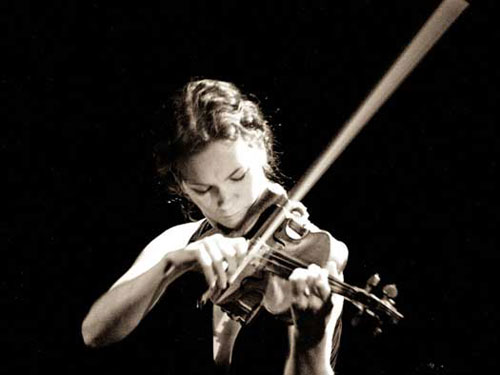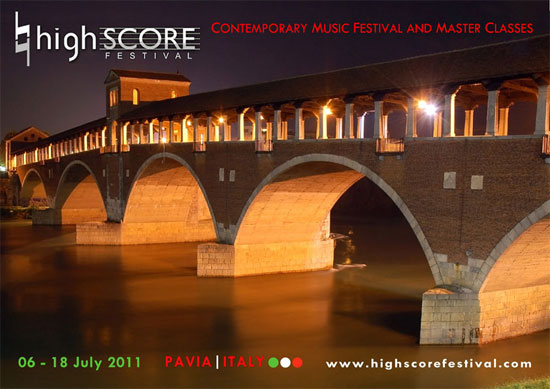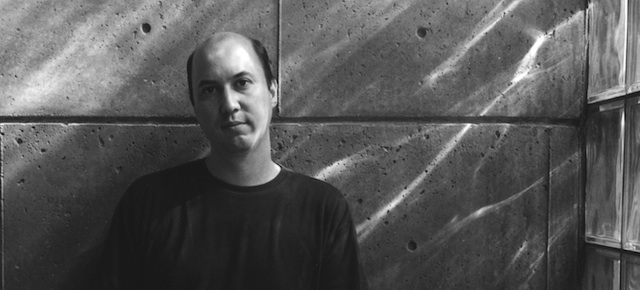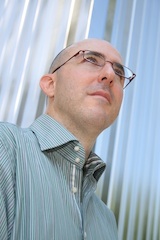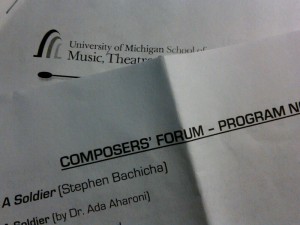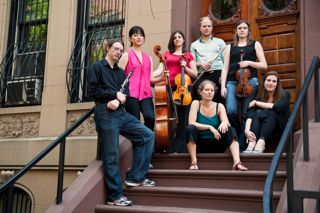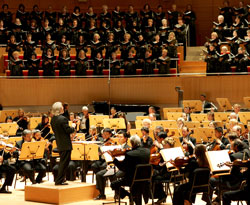
If you have the slightest interest in contemporary opera or modern drama, you must see Philip Glass’s Akhnaten, scheduled for one more performance by Long Beach Opera on Sunday, March 27. It is a brilliant update of Wagner’s idea of the Gesamtkunstwerk, in which Glass’s music, staging by Andreas Mitisek, choreography by Nanette Brodie, and video projections by Frieder Weiss all combine into one amazing whole.
At the heart of the work is Glass’s monolithic score and libretto. The story itself is a series of tableaux depicting the rise (Act 1) and fall (Act 3) of Akhnaten and his dangerous idea—there is only one God, Aten, the Sun. (Act 2 is devoted to Akhnaten’s implementation of monotheism). Glass’s repetitive music, with its Brucknerian phrase lengths and static textures, creates a deep sense of ritual underlying each scene.
The modern operas favored by most American companies strike me as unsatisfactory hybrids in which a recent contemporary musical vocabulary is poured into a 19th-century dramatic form. With the typical American opera libretto adapted from a novel, film, or conventional play, the narrative is linear, the presentation of material straightforward, rarely employing any 20th-century dramatic innovations. What Glass did with his Einstein/Gandhi/Akhnaten operatic trilogy was to bring opera up to date with contemporary dramatic thought. Even though Akhnaten is almost 30 years old, it seems fresh and novel compared to the retooled verismo of so much recent American opera.
Another problem for me in contemporary opera (although it’s a problem over 100 years old) is that of vocal parts consisting of continuous recitative or through-composed arias or whatever you want to call them. In the Baroque through Romantic periods, an aria sung by a character operated according to clear structural principals—the da capo aria or classical number aria. What has replaced that organizing device in modern operas? Complete formal freedom—in many contemporary operas, the characters sing in a continuous recitative. Berg solved the problem by shaping the scenes in Wozzeck according to the principals of multi-movement instrumental music.
Glass came up with a somewhat similar solution in his operas—the sung vocal lines are an integral part of the musical process. The vocal parts in Akhnaten are like instrumental lines, an essential part of Glass’s overall musical fabric. The intellectual rigor of his writing allows orchestral instruments to be substituted for the voices in the Akhnaten excerpt of Jerome Robbins’s ballet, Glass Pieces, (Act 1, Scene 1) without any loss of musical sense or drama.
This vocal writing flies in the face of the American operagoer’s expectations. What, no high C for the soprano? No cadenza for the tenor? (The lack of big stage moments for singers is probably one of the reasons Akhnaten and similar operas are rarely produced in the U.S.).
This is not to say that there aren’t highly dramatic moments in Glass’s vocal parts. The first note sung by Akhnaten is one of the most startling entrances in all of opera. We see Akhnaten for an entire scene during his coronation, but it is not until the last scene of Act I that we finally hear Akhnaten sing; what comes out of his mouth is not the heroic tenor or deep bass we expect from an operatic king, but rather a hooty A above middle C sung by a countertenor. Yes, we knew Akhnaten was a countertenor when we first took our seat, but that does not mitigate the unnerving violation of our expectations when this figure of grandeur opens his mouth and issues forth a sound which would be more appropriate for a giant boy soprano.
Jochen Kowalski sang the title role with a vibrato so wobbly that he could be an honorary member of the International Workers of the World. Paul Esswood, who created the role of Akhnaten for the Stuttgart premiere and the subsequent recording, sang with little vibrato in a style more typical for an early music concert than an American opera stage. Akhnaten was a physically deformed man, yet Kowalski looked like, and played him, as an imposing authority figure. Kowalski’s attitude was firm, his blocking well-defined, his postures exact; it was too bad that his sense of pitch did not share these characteristics. Let’s hope his singing is more disciplined on Sunday afternoon.
The other two prominent roles were ably sung by alto Peabody Southwell as Nefertiti and tenor Tyler Thompson as the Amon High Priest (not “Amon” as the program identified him—Amon was the god). A recent graduate, Southwell already possesses a solid tone and a confident stage presence, and one suspects audiences will see even more of her as her voice matures. (more…)
